Chandrayaan 3 is set to land on Moon on the evening of August 23. If successful, the move will be historic. The hard work of thousands of ISRO scientists will pay off and India will become one of the few countries to have landed on the lunar surface.
But, sadly there is a lot of mystery behind what the scientists at the Indian Space Research Organisation actually do. People, due to their own lack of enthusiasm at times, don’t really know much about the things ISRO scientists are building nor do they know what the scientists can actually pull off. Some years ago, ISRO scientists did a Reddit AMA and their answers were truly insightful.
Let’s take a look, shall we?
1. What kind of qualifications would I require to work at ISRO?
“You have to be an Indian with a degree/diploma in Mech/Electronics/Electrical/Civil disciplines. There are posts available for Scientists, Technicians, Technical Assistants, Admin Officers, Purchase Officers etc. being offered; depending on eligibility. There will be an exam for each type of post, followed by an interview for selection. One can also get into ISRO by enrolling into IIST and complete the course to get absorbed.”
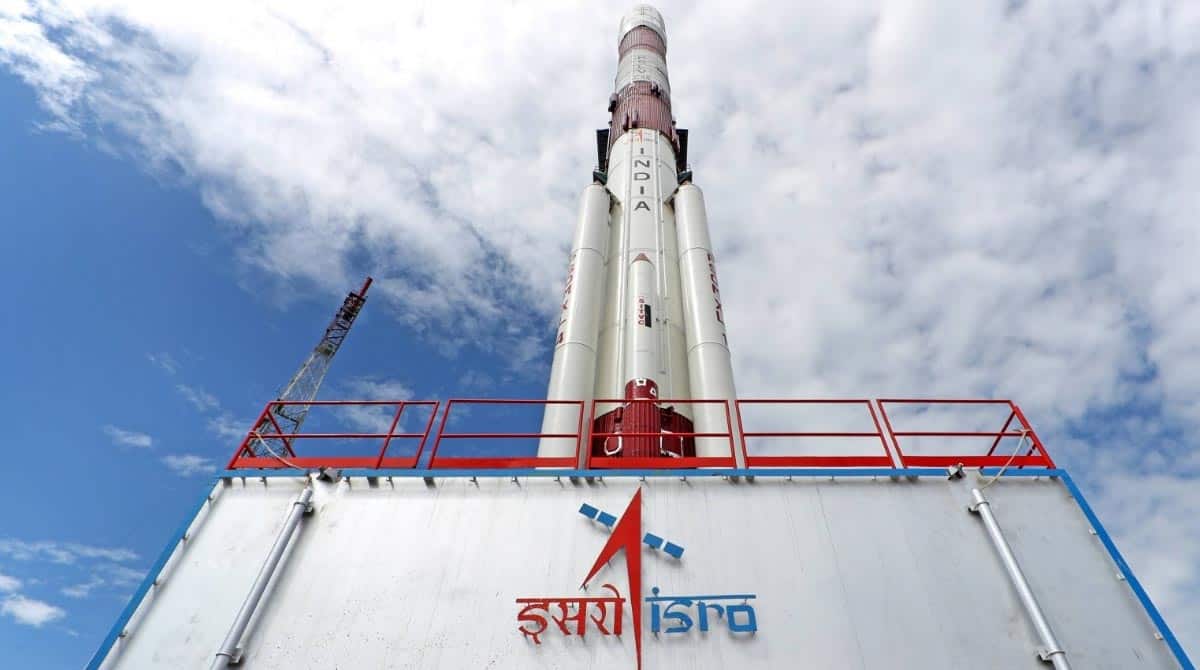
2. How does ISRO retain talent? Have any of your co-workers left ISRO? What are the reasons for employees leaving the organization?
“ISRO has lots of perks, less than what many government organisations have, but still, more than what a person earning the same amount of money would have in the private sector. The pay is more than ₹6.5 lakhs per annum without taxes. There are good insurances with nominal contributions. There is a health service scheme that provides access to multi and super speciality hospitals at a nominal monthly contribution. Most of our coworkers who have left ISRO did so because they wanted other things in life. Like money, or power.
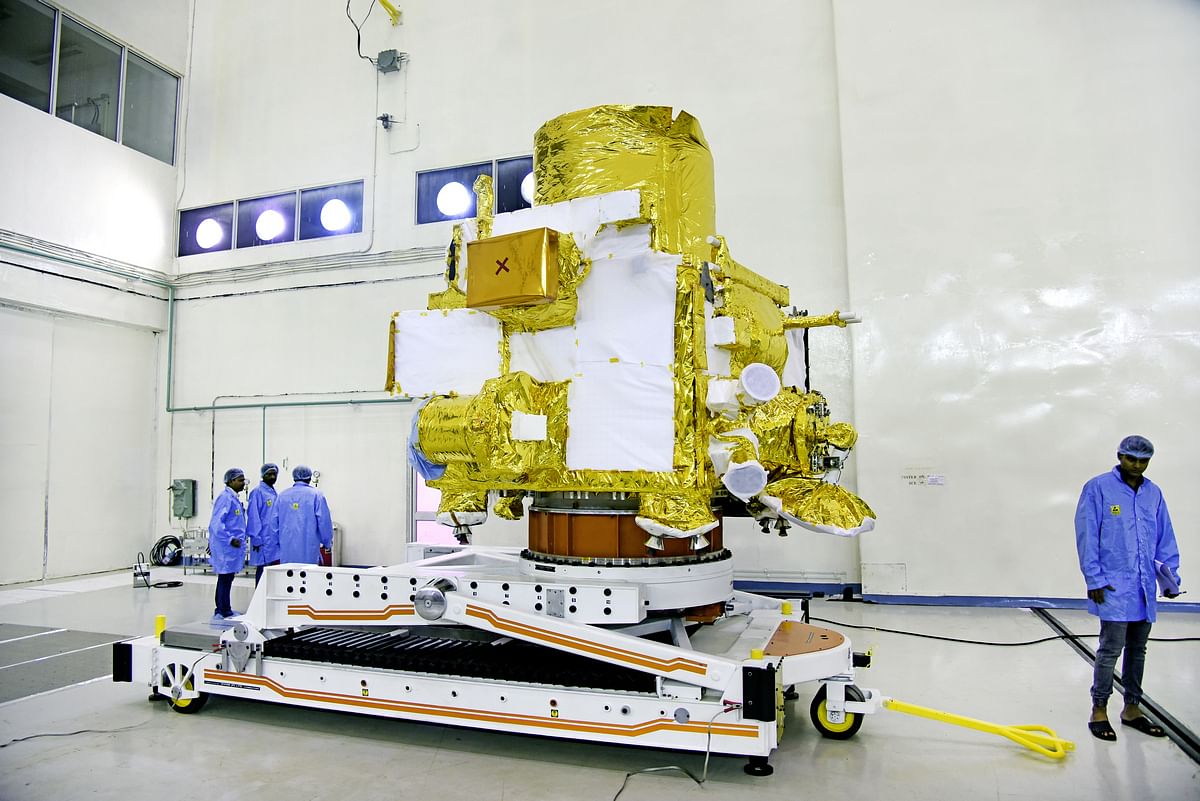
3. Does ISRO have a Carl Sagan/Neil deGrasse Tyson-like figure who is interested in explaining space/astrophysics/engineering to the layman?
“Dr A P J Abdul Kalam worked for ISRO. Then, there is Prof Yash Pal who was the director SAC, Ahmedabad. There are other less known names too, and all these people are working towards bringing science and science education to the aam aadmi.”
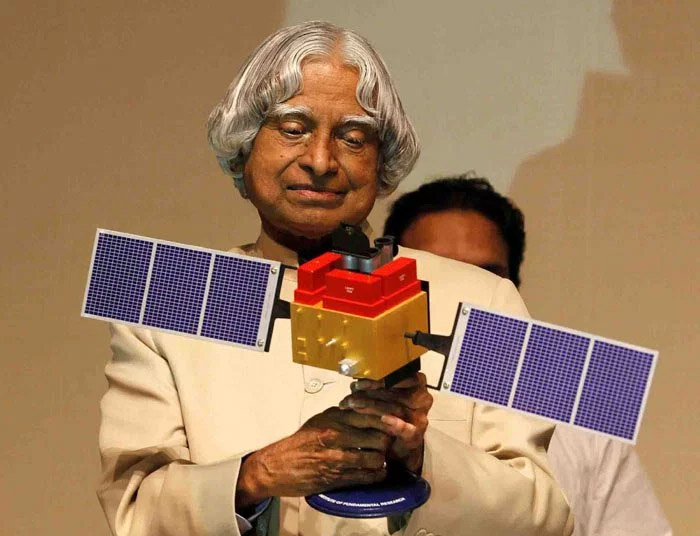
Also Read: Meet The Team Behind Chandrayaan-3, India’s Third Mission To The Moon
4. How busy is a workday for you?
“I have delivered a 85 hour work week, two weeks ago. Right now, the number is 60. The rule says you can’t be asked for more than 40. There’s your answer.”

5. What were the challenges faced while setting up the Deep Space Network? The Voyager spacecraft, launched in the 1970s, is still being tracked while being 19 billion kms away.
“Deep Space Network was established by JPL. Ours is called IDSN and was setup right before Chandrayaan was launched. For DSN, the problems must have been acquisition of land at the correct location (separated by 120 degrees of longitude), building those huge antennas with the required precision and the related failproof electronics. Add to that the computational requirements.”
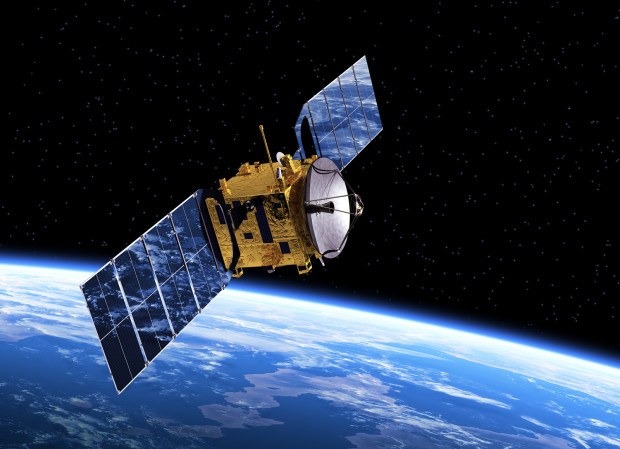
6. How ambitious is ISRO when compared to NASA, ESA, and RosKosmos?
– hey45
“ISRO is ambitious, but our focus is on indigenous technologies that help the nation actively. Hence, we tend to work more on remote sensing and communication rather than planetary research, although, that too has gathered a lot of momentum in the past few years with Chandrayaan and MOM. We too have a DSN called the IDSN. And we have an astronomy satellite called ASTROSAT in the pipeline. If you look at it, astronomy by itself is very weak in India, compared to US. Being an astronomer, I would say what ISRO is doing for astronomy is more than proportionate.”

7. What are your views on the recent achievement by SpaceX? How is it being seen at ISRO?
“SpaceX’s biggest achievement, besides the reuse capability, is their ability to manufacture things economically both with respect to mass and cost. It is no normal feat to make a 800kN engine with a thrust to weight ratio of over 150. Apart from that, their employees usually handle operations that require knowledge in multiple disciplines. If you compare them to ISRO, there are obviously large differences when you see the finished product. But rocket science is still hard. To meet increasing rocket launch demands, we are working relentlessly, often spending upto 12 hours a day at work and even showing up on Saturdays. The company is slowly starting to resemble more like a startup than a government organisation.

8. What’s a typical day for a programmer/software engineer/coder in ISRO?
– avinassh
“Not very different from any other programmer’s except for the fact that there is a slight lag in the adoption of new technologies. This is partly due to heritage inertia and partly due to the fact that function is preferred over form. It also depends on the kind of work you get. Development is always exciting. So is stuff like implementing a new network end-to-end, which will push you to learn stuff way beyond what you’ve previously been comfortable with.”

9. Do you guys have any plans for giving access to the public to view ISRO’s launches?
“You can view the launches from Sriharikota currently, even though ISRO officially doesn’t organise something like the NASA meetups. You can get passes to view the launch from inside SHAR (closer than viewing it from outside) if you know someone working there.”

10. What scope is there in India for taking this to the next level?
“The best way to become a part of a nightskywatching group is to contact one astronomer (professional, usually) who does it on a regular basis. These groups often consist of people from across professions and academic institutions but almost always do contain enthusiastic professionals who like doing it for the sake of outreach.”
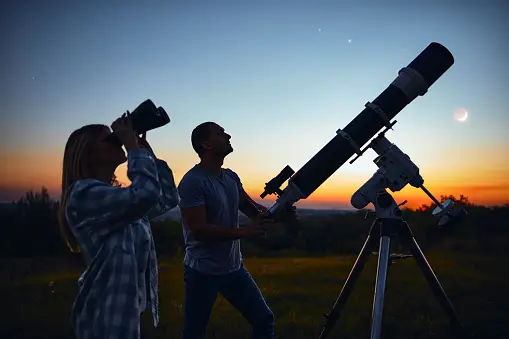
Check Out- Chandrayaan-3 Scientists Going Speechless After The Launch Is The Sweetest Thing You’ll See Today
11. Where do you see space research 10 years from now? What about 20 years? What about 30 years? Can you also do 40 years and 50 years?
“10 years: Robotic base on Mars
20 years: Human base on Mars, scaling of ion propulsion
30 years: Colonisation of Mars, cheaper launches, space tourism becomes routine
40 years: We finally start doing something substantial about the space debris problem, space mining for real
50 years: Spotting an exoplanet to explore by a probe, space bungalow (complete with a study) for parking my retired behind.”
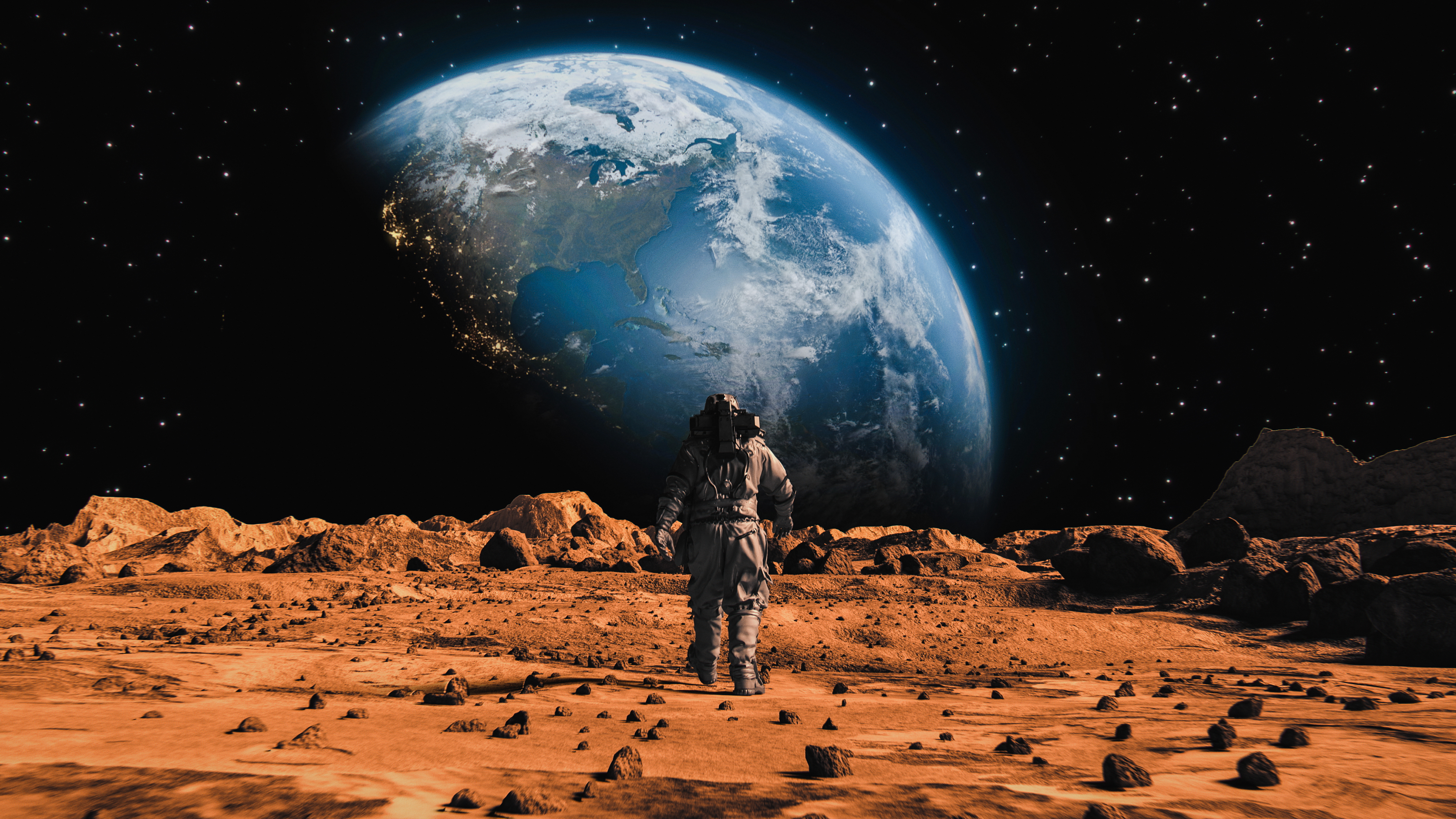
12. When would ISRO realistically be able to safely send a man into space?
– HazKaz
“Once the government gives the green signal, you may expect (most probably) an IAF pilot in space. Space suits for Vyomanauts have already been developed. Google for images. Visit Space Museum in Thumba to see a model.”
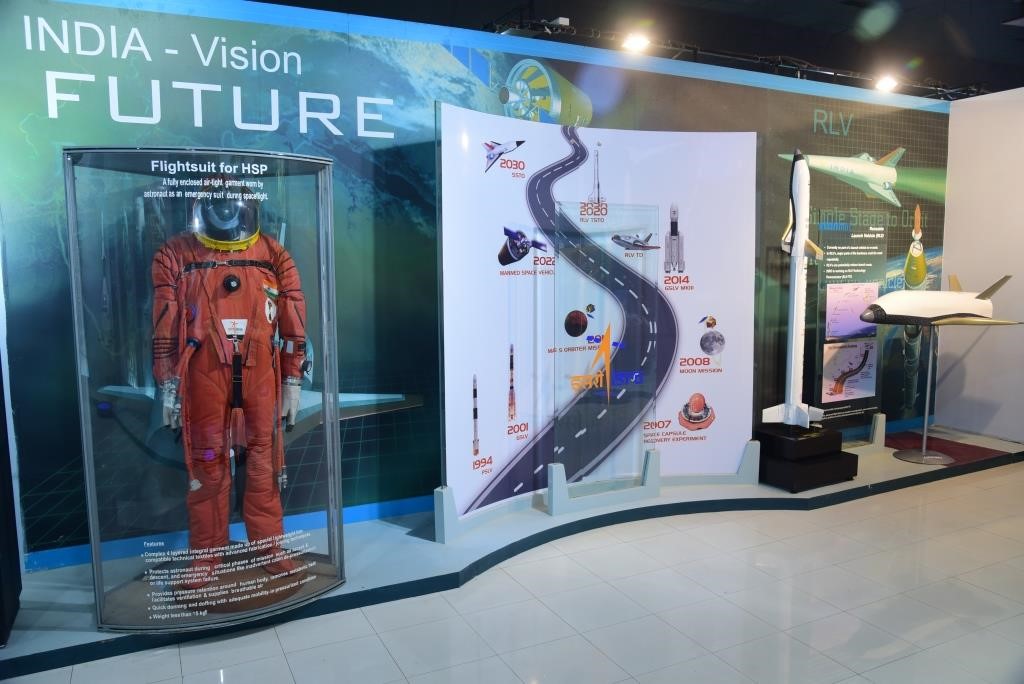
13. Is there any significant space policy under work?
– Ohsin
“Privatisation is something being looked forward to. Collaboration, both local and international, would be one important agenda. The policy will determine how much of what we will do in the near future.”
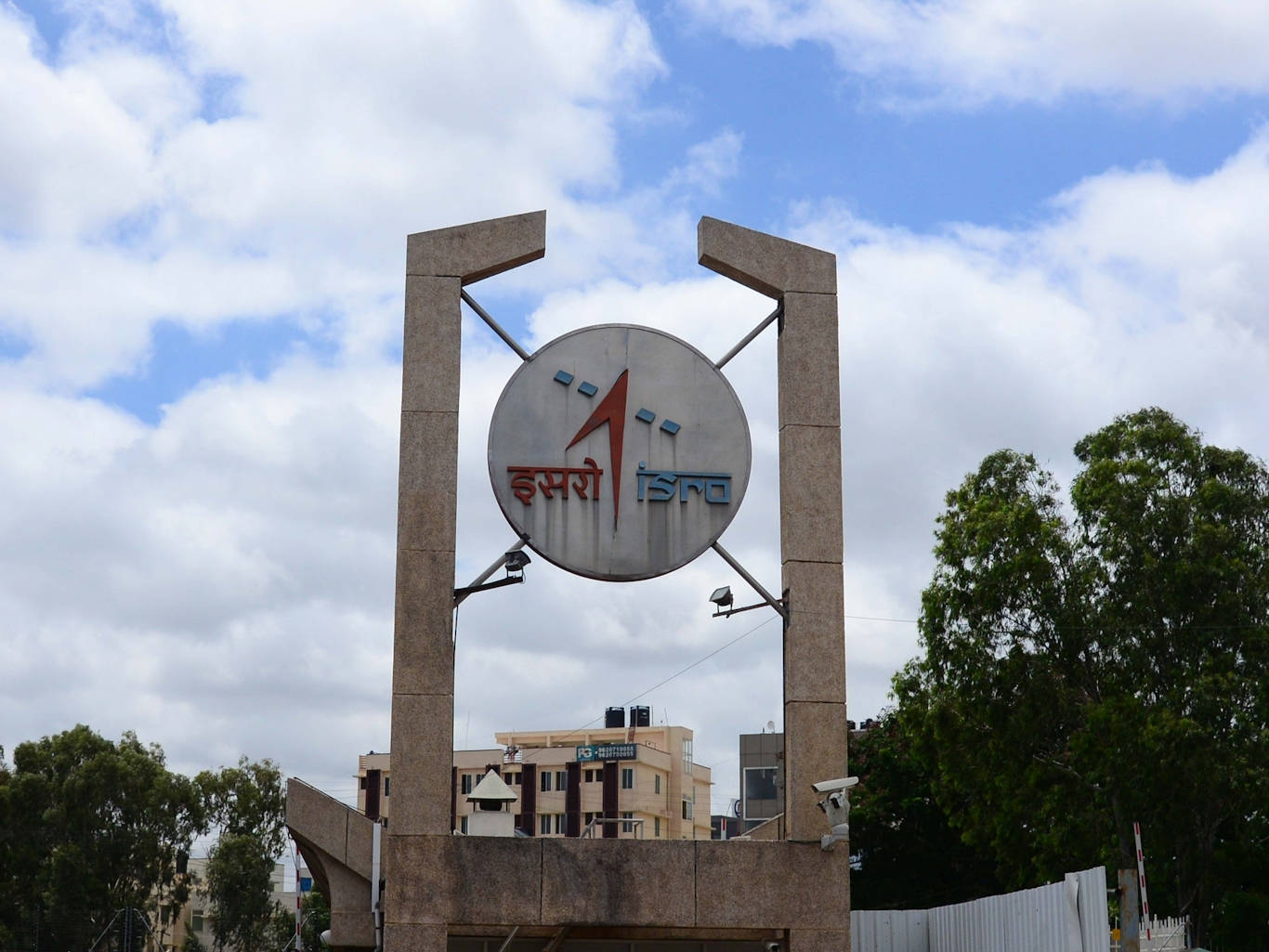
The scientists at ISRO have achieved numerous feats. Their hard work and dedication deserve a lot of recognition.
Also Read- First Glimpses Of Moon By Chandrayaan-3 Are Here & Our Inner Space Explorer Is Mesmerised

















